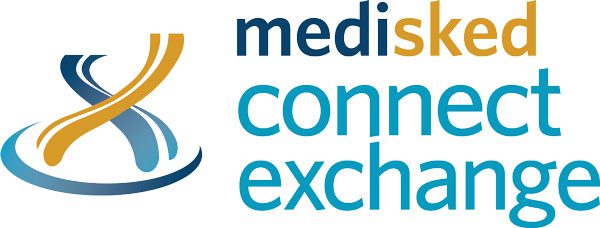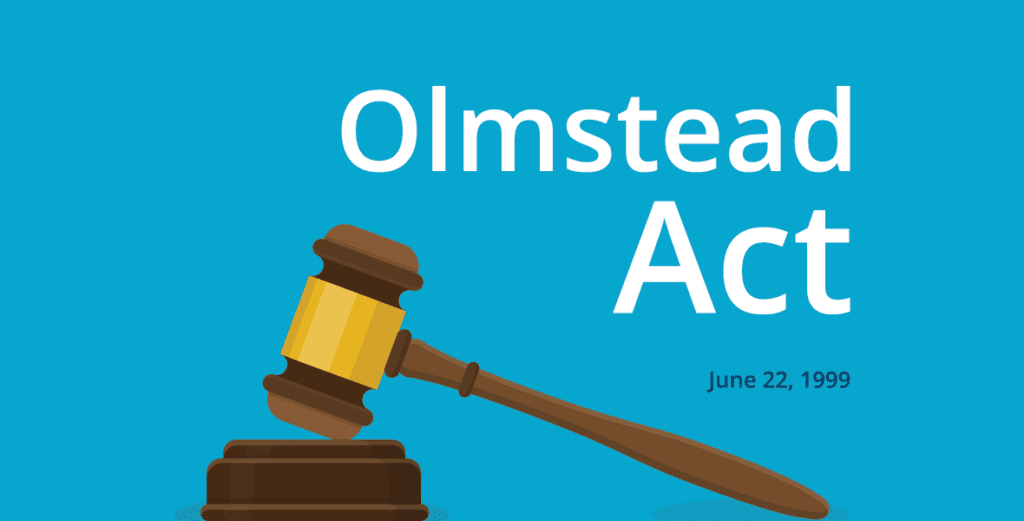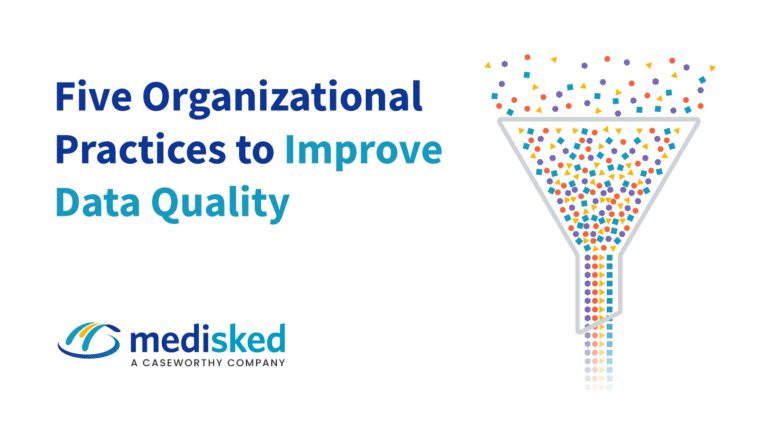On June 22, 1999, the Supreme Court made a landmark decision in Olmstead v. L.C. which ruled that unjustified institutional isolation of individuals with disabilities qualifies as unlawful discrimination under the Americans with Disabilities Act (ADA). The court opinion ruled that individuals must be placed in the community if treatment professionals deem it appropriate and if “the transfer from institutional care to a less restrictive setting is not opposed by the affected individual, and the placement can be reasonably accommodated, taking into account the resources available to the State and the needs of others with mental disabilities.”

This was a vital civil rights win for the disability community as it outlawed segregation of people with disabilities and established that they must receive services in the most integrated settings possible. The Olmstead decision did not change federal Medicaid law, however it did affect how states allocated funding as Medicaid is the primary payer of long term services and supports, the umbrella which home and community based services fall under. Home and community based services allow individuals to be empowered and live the lives that make them feel fulfilled.
In regards to changes to Medicaid, the Centers for Medicare & Medicaid Services published the CMS HCBS Settings Final Rule in 2014 which is intended to ensure that individuals receiving long term services and supports (LTSS) through HCBS programs have “full access to benefits of community living and the opportunity to receive service in the most integrated setting appropriate.” All states must demonstrate compliance with the HCBS settings criteria by the updated date of March 17, 2022.
While we’ve made great strides as a country, we still have a long way to go to ensure that individuals with disabilities are living without discrimination in appropriate, inclusive, integrated environments. If you’re interested in learning more information about the Olmstead decision, you can visit the US Department of Justice’s Civil Rights Division website, which details information about the law and regulations, design standards, technical assistance materials and enforcement.







